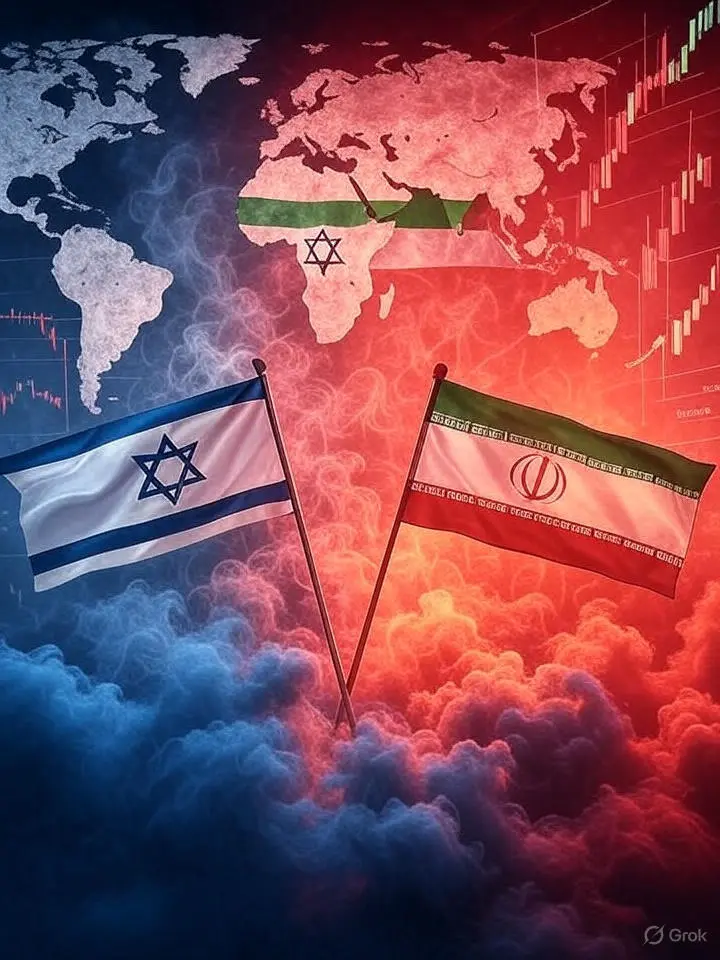Day Trading shares on the U.S. stock market appeared relatively recently, somewhere in the mid 90s. Once the development of technology made it possible to install remote trading terminals, the first companies began to appear, offering their clients to try themselves on this, historically dotted with roses and thorns, cornfield. This was done in various forms., Certainly, not Free.
Some broker dealers, for example, offered remote access with account opening. Mostly, clients were provided with trading platforms, not designed for Traders, and on investors for long and medium term. On the subject of opening and closing positions platforms worked slowly, but for investment speed and did not require. Opened an account, transferred money, – and forward. In this form, many companies operate to this day., and many of them are thriving..
There were other firms, offering more professional conditions directly in their trading floors. The situation in them was somewhat reminiscent of a casino.. The client comes, gives cash or personal check. Here's a computer for you – Come on! Lost money – let's have more. Not, – Come, when will. Nobody really taught clients anything. What for? Actually, such semi-sweepstakes operated in USA since time immemorial. Without computers of course. Calculation there, certainly, was not for professionals, but out of them came such, in the future serious people, how Larry Livingstone, Wall Street star player on the downgrade of the beginning of the last century, one opinion of which was able to send the market in a spiral in one direction or another. Many stars of our days, which will be discussed below, also passed this one “school of loneliness”, and then, digesting the experience gained, reached the next frontier.
Along with all of that., there was a process of formation of the so-called Proprietary Trading Firms. There, the staging of the case was much more serious.. These companies were concentrated., overwhelmingly, in NYC, or rather, in manhattan's financial district, near the Central Stock Exchange. This geography is preserved., to this day. All non-New York addresses are no more than, than the sponping offs of these firms, who themselves, in general,, not so much. Trade in such companies is carried out by the capital of the company, therefore, it is not indifferent at all, who exactly works with this capital. Licensed traders are required to work, series licensed 7, for trading shares of the New York Stock Exchange, and Series 55, for stock trading NASDAQ. The threshold of penetration into the business at the initial stage was very high.. Except licenses, for which not everyone is able to pass the exam and for which future traders paid themselves, most firms required deposits from $25,000, what, it's clear, not everyone had. But, Nevertheless, business developed, pushed up by a stock market rushing in the same direction.
Since, mid and late 90's, although not so much water leaked, but, processes in this young industry, and in the lives of the traders themselves there were very serious. New companies were formed and old ones were burst or consolidated., flocks of traders roamed between them, carrying profits and losses on their shoulders. New stars lit up in the trading sky, old ones were extinguished, the lights of hope smoldered in the fires of the newcomers to the business.. That's what we're going to talk about..
so, traders. Who are they?? The palette of the past they have is diverse as life itself.. How many traders, so many stories. At first sight, it would seem that, solid professionals with business education should work in this area, or oh my gosh, at least, with mathematical inclinations. Like it's the way it is.. Just look at the screen, more precisely on the screens of computer monitors on the table in front of each (the number of monitors per person varies from two to eight), on charts, Numbers, galloping and flashing in different colors, for the entire flow of purely business information, to strengthen this opinion. but, it's all true., and it doesn't. Personally, I only know one guy, who has long planned to do this.
He received a prestigious business education., in college he specialized in options and stock pricing, was fond of statistics. Most of the others came to this business in different ways., many even accidentally. There are no clear selection criteria and career path. Maybe, It is ok. This is the model of many areas of American business., especially those, where there is an element of creativity. And in trading for this there are all opportunities. Who knows, what abilities do we have there?. You never know, if you don't try. Especially, what Trading, despite the external dryness and efficiency, more like art, rather than the type of business.
To achieve success, knowledge alone is not enough. Something else is needed, and it's something that makes up of a lot of components. (from quick reaction and good memory to subtle knowledge of human behavior) And, Come, disassemble, which of the qualities is more important. I would say, what, To a large extent, trading is comparable to playing a musical instrument, say violin. After all, you can learn the notes and score, take lessons from well-known teachers. Only for some reason alone, except for standard sound formations, can't give anything away, and others – turns out to be a melody. But this comparison is only partially true.. Person, became a good musician, with regular practice, they will remain so.. The trader's star is the same, risen in one market, can easily roll in another. After all, the market, as opposed to classical music, is constantly changing. Traders, unable to adapt quickly to changing conditions, can be washed away fairly quickly by market waves from the slippery slope of success, lose self-confidence, and then, to be thrown to the deserted shore of failures. From there, the way back to the cape will not be easy.. I've seen many examples of this..
